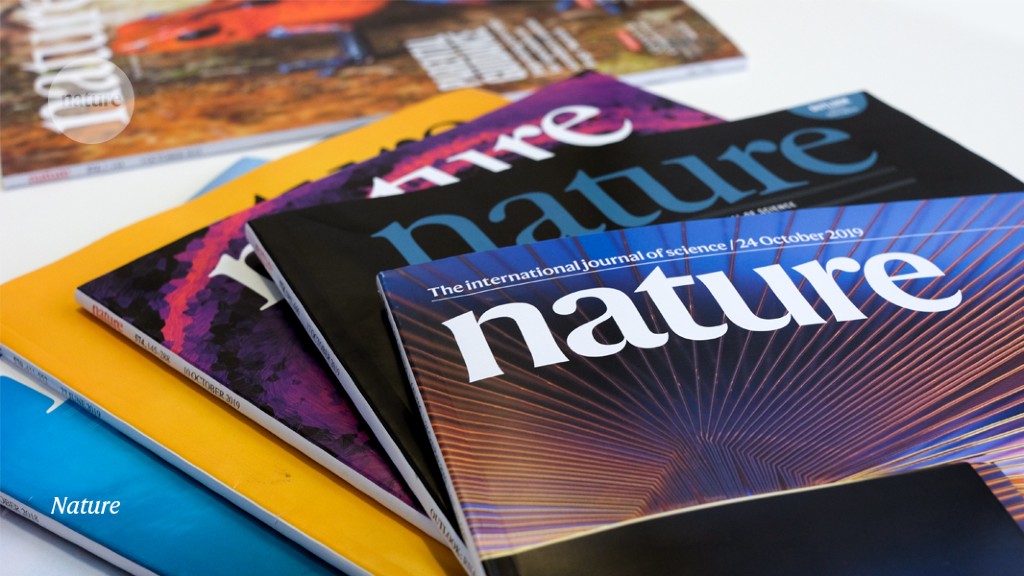
Last month, Springer Nature signed a deal that allowed some German scientists to publish openly in Nature-branded journals for free, with a €9,500-per-article price baked into their institutions’ subscription fees.
A Springer Nature spokesperson responds that costs are higher than at other titles because Nature-branded journals review many more papers than are published, and because they employ in-house editors and press officers, whose work is of “huge value†to researchers.In return, they get a review document, which the publisher says includes more detailed editorial evaluation than typical review reports, and they are told which Springer Nature title their work is recommended for.
Authors who submit to Nature Physics, for instance, might be accepted at that journal or told what revisions they need to make to reach it; they might be guided to the less-selective journals Nature Communications or Communications Physics; or their manuscript might be rejected.The total fee of €4,790 is half the standard OA fee for Nature Physics, and a slight increase on the price of publishing in Nature Communications, the only Nature-branded title that is already fully OA.
The top-up fee is €800 for Communications Physics, again making the total cost a slight increase on the current price in that OA journal; the increase is to cover the extra editorial work involved in the guided OA route compared to direct submissions to these journals, the publisher says.
This mechanism “shares the cost more evenly over multiple authors†and will save time by avoiding multiple rounds of review in different journals, says James Butcher, vice-president of journals at the Nature Portfolio and BMC, an imprint owned by Springer Nature.The scheme could be tempting to researchers hoping to publish in a Nature-branded journal, says Alperin.“Ultimately, we believe that publishing costs need to be split so that they reflect the different services publishers provide, and this experiment by [Springer Nature] will help inform this approach,†he says.
Journals in the Nature family have committed to increasing their OA content over time, so most Plan S funders have said they will pay their OA fees, despite a general reluctance to support hybrid journals (which keep some papers behind a paywall and make others open).Cell Press (owned by Elsevier in Amsterdam) says that the journal Cell is finalizing its approach: it currently offers OA publishing at $5,900, but only to authors whose funding agency “has an appropriate agreement†with the journal.
The publisher of Science-branded journals, the American Association for the Advancement of Science in Washington DC, says it is still thinking about how to adjust to Plan S